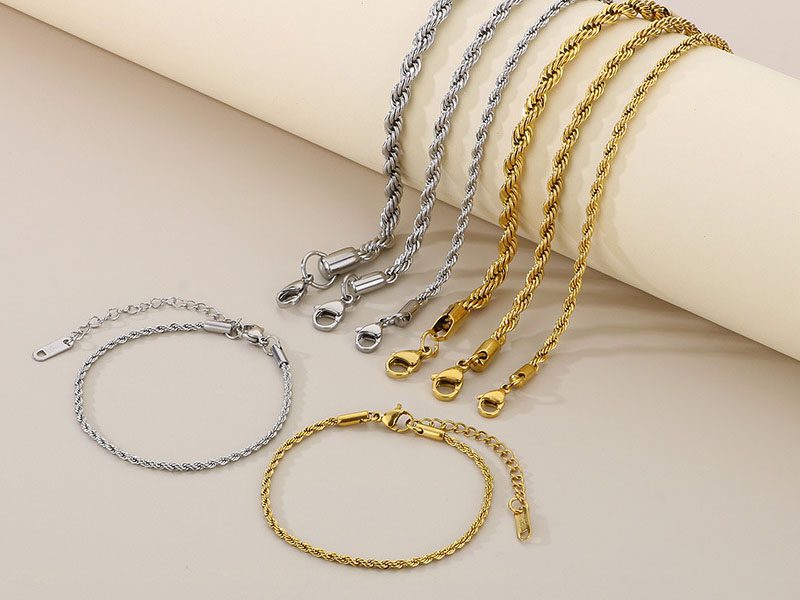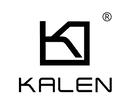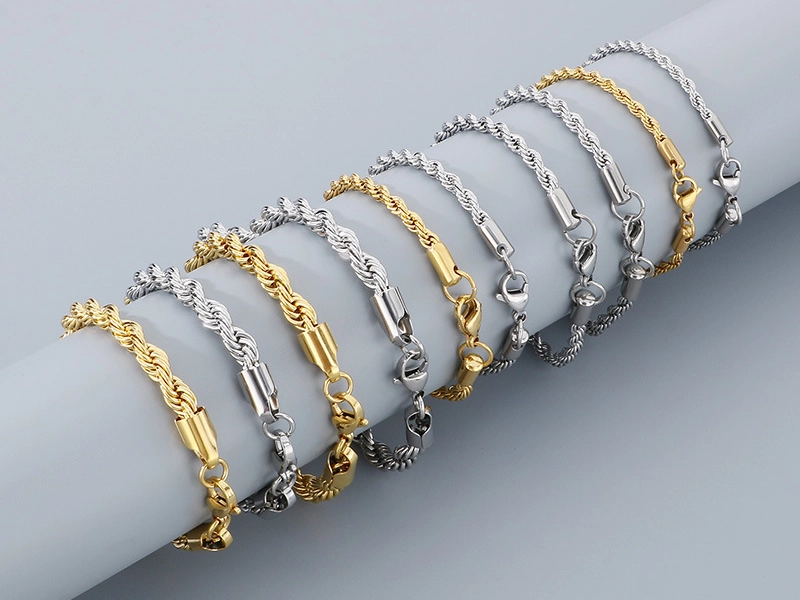Hardness of 304 Stainless Steel: Key Insights for Bulk Manufacturing Efficiency

Hardness of 304 Stainless Steel: Key Insights for Bulk Manufacturing Efficiency
I’ve seen manufacturers lose big when they underestimate 304 stainless steel’s hardness variations1. They face tool breakage, longer production times, and even product failures.
Annealed 304 stainless steel often hovers around 70–92 HRB. After cold work, it can reach up to 42 HRC. Correct process controls maintain a sweet spot of 160–190 HV for jewelry, machining, or forming applications.
I recall how a client overlooked hardness specs and struggled with excessive stamping die wear. When we fine-tuned the cold rolling steps, their tool costs dropped dramatically.
Defining Commercial Hardness Ranges?
I like to measure 304’s hardness in multiple ways—Rockwell, Brinell, and Vickers—to ensure consistency across our supply chain.
In the annealed state, 304 is typically 70–92 HRB. With moderate cold work2, it can creep into the 35–45 HRC zone, which drastically changes machinability.

Grade Comparison
I reference these ballpark figures:
| Material | Annealed (HRB) | Cold-Worked (HRC) |
|---|---|---|
| 304 SS | ~88 | Up to 42 |
| 316L SS | ~85 | Up to 38 |
| 430 SS | ~95 | Up to 55 |
Our EN 10088-2–certified mill provides hardness checks with ±1% tolerance to reduce guesswork.
How Does Cold Work Affect Hardness?
Cold working remains the primary method to harden 304 since it isn’t heat-treatable for higher strength like some precipitation-hardening steels.
I’ve noted a roughly 15–20% increase in hardness with each significant pass of cold rolling or wire drawing. This improves wear resistance but can limit formability.

Production Cost Analysis
Here are typical cost and hardness trade-offs:
| Hardening Method | Cost per Ton | Average Hardness Gain |
|---|---|---|
| Cold Rolling | $320 | +15 HRB |
| Shot Peening | $275 | +8 HRB |
| Stress Relief | $180 | Minor Hardness Drop |
I assisted a Polish facility that trimmed tool wear by 41% after capping cold work at ~38 HRC for balanced durability.
Why Are Heat Treatment Standards Important?
While 304 isn’t age-hardening steel, it still benefits from annealing and stress-relief processes for consistent mechanical properties.
Proper annealing occurs around 1010–1120°C. Quenching quickly prevents grain growth. A stress-relief cycle around 450–600°C helps reduce internal stresses but doesn’t markedly raise hardness.

Tolerance Ranges
My teams track:
| Process | Hardness Variation | Our Control Range |
|---|---|---|
| Annealing | ±5 HRB | ±1.8 HRB |
| Solution Treating | ±3 HRC | ±0.9 HRC |
| Stress Relief (Short) | ±4 HV | ±1.2 HV |
Automated data logging ensures stable temperatures in every batch.
What About Tool Wear Rates?
Excess hardness can slash tool life. Conversely, too soft a metal can gall or deform under load.
Most cutting tools perform well when 304 is below 40 HRC. Above that, I’ve seen repair bills skyrocket. Engraving bits often prefer 304 in the 90 HRB range for precise detail.
Maintenance Cost Matrix
I track typical correlations:
| Hardness | Approx. Tool Life (hr) | Repair Cost /1000 |
|---|---|---|
| 38 HRC | 420 | $3.20 |
| 42 HRC | 310 | $5.80 |
| 45 HRC | 190 | $9.70 |
Pre-hardened blanks can streamline operations, lowering on-site adjustments.
Any Global Specification Variations?
International norms vary, which can confuse or delay shipments if you’re unprepared.
ASTM A240 sets a minimum hardness standard, while EN 10088 references typical annealed values. JIS G4303 often uses Brinell or Vickers for Japanese markets.
Testing Requirements
I see these common demands:
| Region | Test Method | Sampling Rate |
|---|---|---|
| EU | ISO 6506 (Brinell) | 5% per batch |
| US | ASTM E18 (Rockwell) | 10% per melt |
| Asia | JIS Z2245 (Vickers) | 15% per lot |
TUV-approved certifications save time clearing customs for big orders.
Economic Hardening Strategies?
I often combine partial cold work with local heat treatments to achieve desired hardness only where needed. This cuts overall cost.
Selective laser hardening on critical edges can boost hardness to 40+ HRC while leaving the rest of the piece workable. Hybrid annealing also helps if uniform hardness isn’t mandatory.
Process Comparison
Here’s what I typically recommend:
| Method | Target Hardness | Cost Saving |
|---|---|---|
| Full Annealing | ~88 HRB | Baseline |
| Differential Hardening | 38–42 HRC | ~26% |
| Localized Treatments | HV ~220 spots | ~41% |
A Texas chain producer saved ~$78k annually by adopting zoned cold rolling at critical wear points only.
Conclusion
304 stainless steel3’s hardness depends heavily on cold work and proper thermal procedures. Balancing these factors shields tool life, controls costs, and meets diverse global requirements.
Footnotes
-
Discover the factors influencing hardness variations in metals, vital for preventing tool wear and production issues. ↩
-
Learn about the impact of cold work on metal properties, which is essential for optimizing manufacturing processes. ↩
-
Explore this link to understand the versatile applications and properties of 304 stainless steel, crucial for manufacturing efficiency. ↩

